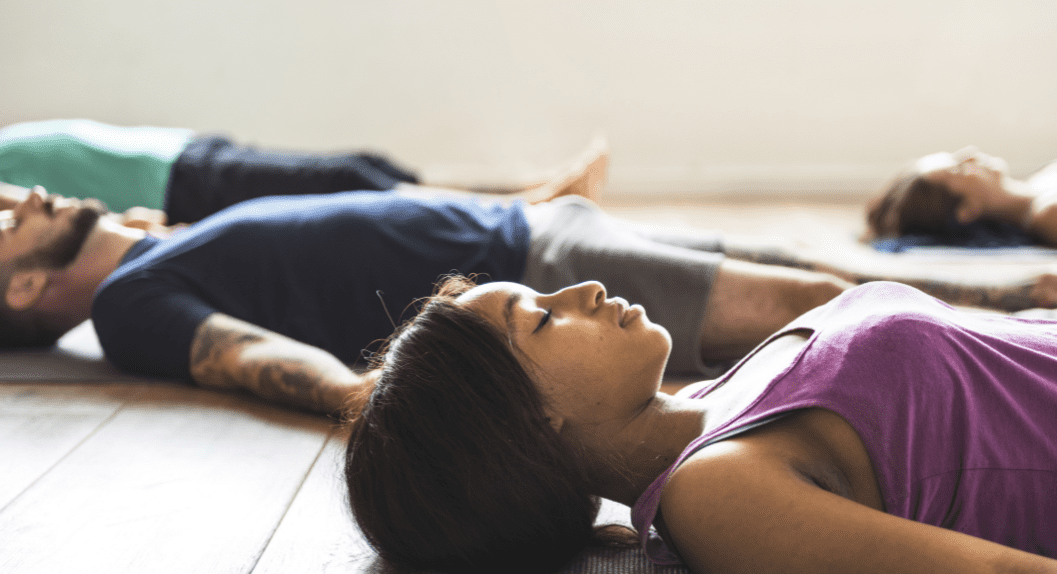How’s Your Sleep?
Are you getting enough sleep? Are you tired of being tired? Could you be suffering from sleep deprivation? Well, you’re not alone. Most of us aren’t getting enough sleep. I don’t know about you, but it’s just irresistible to stay up late, even when I must get up early the next day.
Our busy lives make it so tempting to skimp on sleep. Lots of us have trouble falling asleep or staying asleep. If you ever feel only half-awake and half-asleep all night, here’s an explanation of why that happens with suggestions to help.
The American Academy of Sleep Medicine recommends 7 hours of sleep in every 24 hours for adults. It’s 9 to 12 hours for children 6 to 12 years old and teens need 8 to 10 hours daily on a regular basis. Establishing good sleep hygiene habits are important to getting a full night’s sleep.
Benefits of Sleep
Getting enough sleep helps normalize mood, improves concentration, memory consolidation, and helps pain management. It improves performance and lowers the risk of having an accident. Sleep is good for your skin and your sex drive. It lowers cortisol, the stress hormone, resulting in better appetite control and weight loss. Getting enough sleep helps regulate glucose levels, supports heart-health and contributes to a healthy immunity. Recent NIH research reveals that sleep is needed to remove the daily buildup of waste and neurotoxins from the brain. Researchers are very interested in this since these neurotoxins are elevated in Alzheimer’s patients. It is thought that the glymphatic system rinses and flushes these neurotoxic molecules from the brain nightly during sleep. This clearing process seems to be more effective when sleeping on one’s side, according to a study conducted at the University of Rochester Medical Center. Here’s more information on side-sleeping.
Sleep Solutions – Yoga Style
The art and science of Yoga has plenty to offer, including postures, breathing techniques, meditation practices, and lifestyle recommendations for sleep improvement. Yoga’s wisdom teachings are helpful for gaining a healthy perspective on everything from handling life’s ups and downs to living with more meaning and purpose. It addresses age-old questions like “Who am I?” and “What is my true nature?”
Students often say that they get their best sleep on the nights they attend Yoga class. Having a regular personal home practice is ideal. Here are some of the many ways that Yoga supports healthy sleep.
- Yoga Postures: A vigorous practice is fine early in the day. However, start winding down the evening with a practice that focuses on slow, mindful movements. Focus your attention on postures that reduce physical tension. Doing so has the added benefit of calming the mind and emotions. Good postures to try include the child pose, gentle spinal twists, legs up the wall, and savasana. Restorative Yoga works wonders as well.
- Yoga Breathing: The Triangle Breath is a favorite for balancing oneself and is described in my book, Yoga Nidra for Complete Relaxation and Stress Relief (NHP, pg. 175). It is effective for increasing your energy when feeling tired, calming your nerves when feeling anxious, and promoting sound sleep. There are three parts to triangle breathing. The important thing is for the exhalation, inhalation, and the retention to be equal in duration. Therefore, adjust the rate of counting more quickly or more slowly depending on your lung capacity and comfort. Breathe through your nose; only use your mouth for breathing to the extent necessary.
- Part 1 – Breathe out through your nose to the count of four.
- Part 2 – Breathe in through your nose to the count of four.
- Part 3 – Hold your breath to the count of four.
- Repeat the whole process for a few minutes or until the desired effect happens.
- Yoga Nidra: Yoga Nidra means “yogic sleep” and has many documented benefits for your body, mind, and spirit. It happens when your bodymind is in deep sleep but with one big difference—you remain consciously aware. A series of techniques are used systematically to relax physically, energetically, mentally, and emotionally. Yoga Nidra awakens intuition, unconditional joy, and a timeless, spacious sense of being. Get more on the stages of yoga nidra and how to practice it here.
Yoga Nidra can also be used as a natural sleep aid at bedtime. It eliminates layer after layer of tension and stress, allowing you to drift comfortably off to sleep and stay asleep. It’s like drinking a cup of comfort. More on this here.
Watch this short video on how Yoga Nidra helped with insomnia.
One hour of Yoga Nidra practice approximates four hours of sleep. This is due to the series of brain wave states experienced during Yoga Nidra (Saraswati 1998, Kumar 2008). Therefore, Yoga Nidra can help address sleep deprivation and renew your energy. The conscious experience of deep sleep is what makes it so restorative and unique. Due to the fertile brainwave states experienced, it is also entirely possible to make positive behavior and personality changes. See the Yoga Nidra FAQ on setting intentions and sankalpas here. Remember, Yoga Nidra is not intended to be a substitute for sleep.
How to Experience Yoga Nidra
Like all worthwhile things, regular practice yields the best results. It’s as easy as 1-2-3.
- Listen to my audio, Yoga Nidra: Guided Meditations for Relaxation and Renewal (Health Journeys, 2016), or similar recordings. Read about it in my book and get free audio downloads in Yoga Nidra for Complete Relaxation and Stress Relief (New Harbinger, 2015).
- Go to a Yoga Nidra workshop or retreat.
- Take a Yoga Nidra teacher training course.



